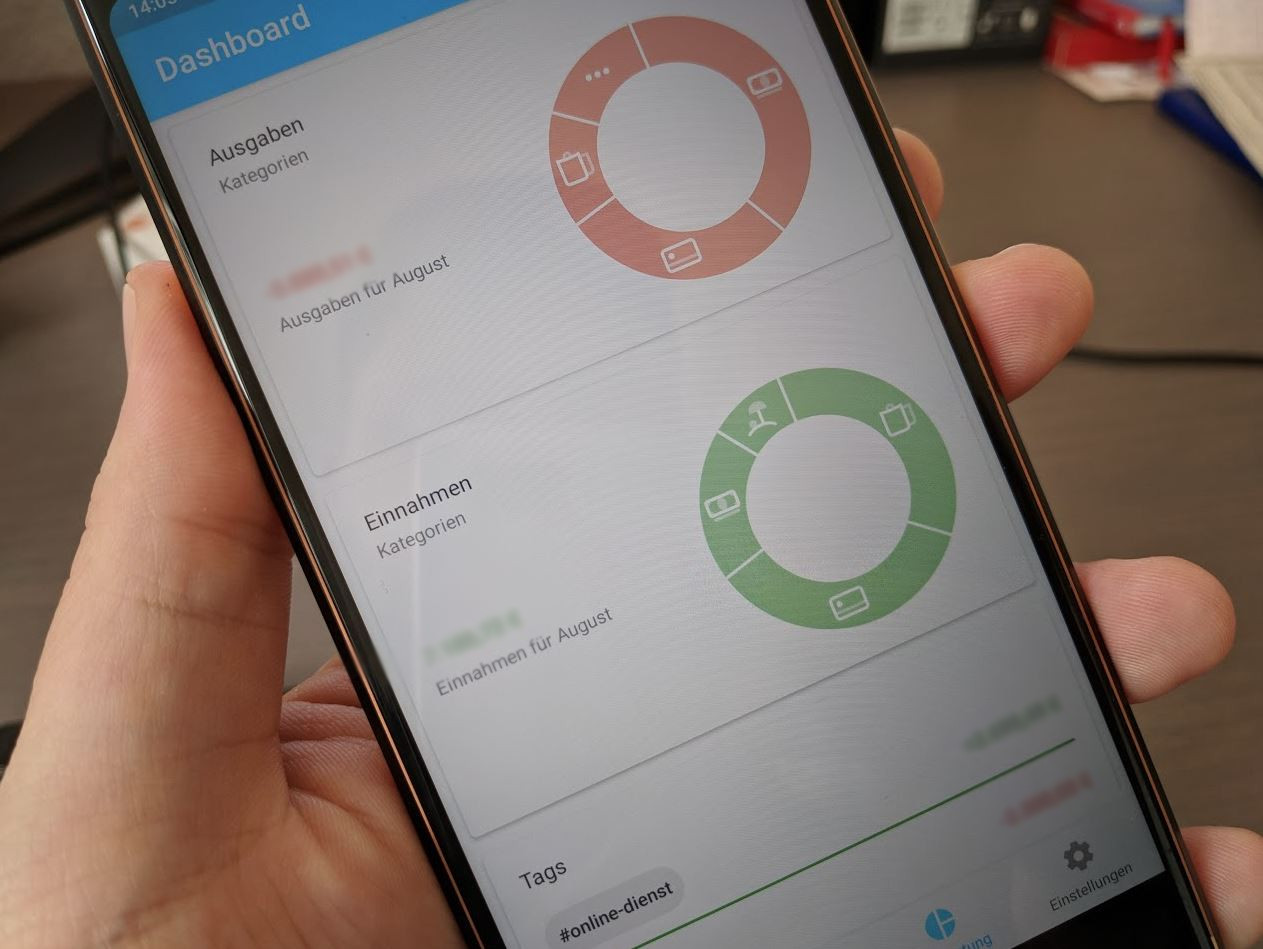
“We sort of got used to hearing it,” Gibb Gray said. Even though ships were being torpedoed by enemy U-boats almost every day, just a few miles away, coastal residents had no choice but to live as normally as possible.
#OUTBANK WINDOWS CRACK#
“We’d hear these explosions most any time of the day or night and it would shake the houses and sometimes crack the walls,” remembered Blanche Jolliff, of Ocracoke village. But families living on the Outer Banks knew-they were practically in the war. For many years, most people had no idea how bad things really were. military and government authorities didn’t want people to worry, so news reports of enemy U-boats near the coast were classified, or held back from the public for national security reasons. So many ships were attacked that, in time, the waters near Cape Hatteras earned a nickname: “ Torpedo Junction.” U.S. The greatest concentration of U-boat attacks happened off North Carolina’s Outer Banks, where dozens of ships passed daily. By July of 1942, 397 ships had been sunk or damaged. For the next six months, along the East Coast and the Gulf of Mexico, at least sixty-five different German U-boats attacked American and British merchant ships carrying vital supplies to the Allies in Europe- cargos of oil, gasoline, raw vegetables and citrus products, lumber and steel, aluminum for aircraft construction, rubber for tires, and cotton for clothing. This scene seemed to be repeated constantly. Within hours of the U-boat attack near Avon, debris and oil began washing up on the beaches. Experts have described German U-boats as among the most effective and seaworthy warships ever designed. The boats carried fifteen torpedoes, or selfpropelled “bombs,” which ranged up to twenty-two feet long and could travel thirty miles per hour. Typically, about 50 men operated a U-boat. They often attacked ships while on the surface using deck-mounted guns. U-boats could only travel about sixty miles underwater before having to surface for fresh air. They could submerge only for limited periods-mostly to attack or evadeĭetection by enemy ships, and to avoid bad weather. They were warships that spent most of their time on the surface. However, U-boats were not true submarines. The abbreviated name “U-boat” comes from the German word unterseeboot, meaning submarine or undersea boat. Their presence in American waters was not intended for “show” but to help win World War II for Germany. But by 1942, U-boats had become bigger, faster, and more deadly. During World War I, three U-boats sank ten ships off the Tar Heel coast in what primarily was considered a demonstration of German naval power. This was not the first time that German U-boats had come to United States waters. Less than six weeks after the Japanese bombing of Pearl Harbor, the hostilities of the Second World War had arrived on America’s East Coast and North Carolina’s beaches. The same U-boat attacked two more ships just hours later. freighter, City of Atlanta, sinking the ship and killing all but three of the 47 men aboard. Only seven miles away, a German U-boat had just torpedoed the 337-foot-long U.S.

A towering column of black smoke blotted out the stars and further darkened the night sky.

Clearly visible on the horizon, a great orange fireball had erupted. “There’s a fire out there!” he shouted to his family.
#OUTBANK WINDOWS WINDOWS#
Surprised and concerned, Gibb’s father rushed to the windows on the house’s east side and looked toward the ocean. Furniture shook, glass and knickknacks rattled, and books fell from shelves as a thundering roar vibrated through the walls of the houses in Gibb’s Outer Banks village of Avon. Related Entries: British Atlantic Coast Naval ActionsĪt a little after two o’clock in the morning on Monday, January 19, 1942, an earthquakelike rumble tossed fifteen-year-old Gibb Gray from his bed. Tar Heel Junior Historian Association, NC Museum of History Reprinted with permission from the Tar Heel Junior Historian. U-Boats off the Outer Banks "When World War II Was Fought off North Carolina’s Beaches"


 0 kommentar(er)
0 kommentar(er)
